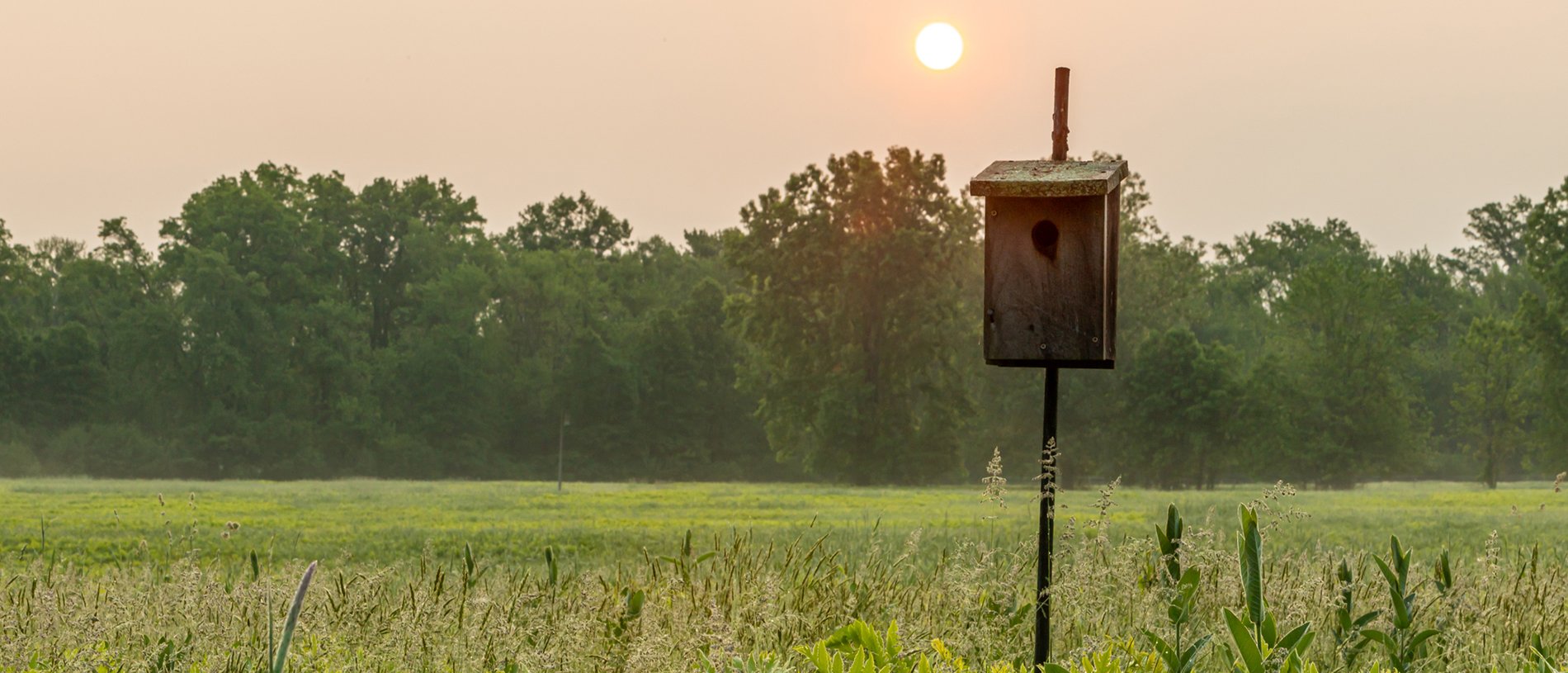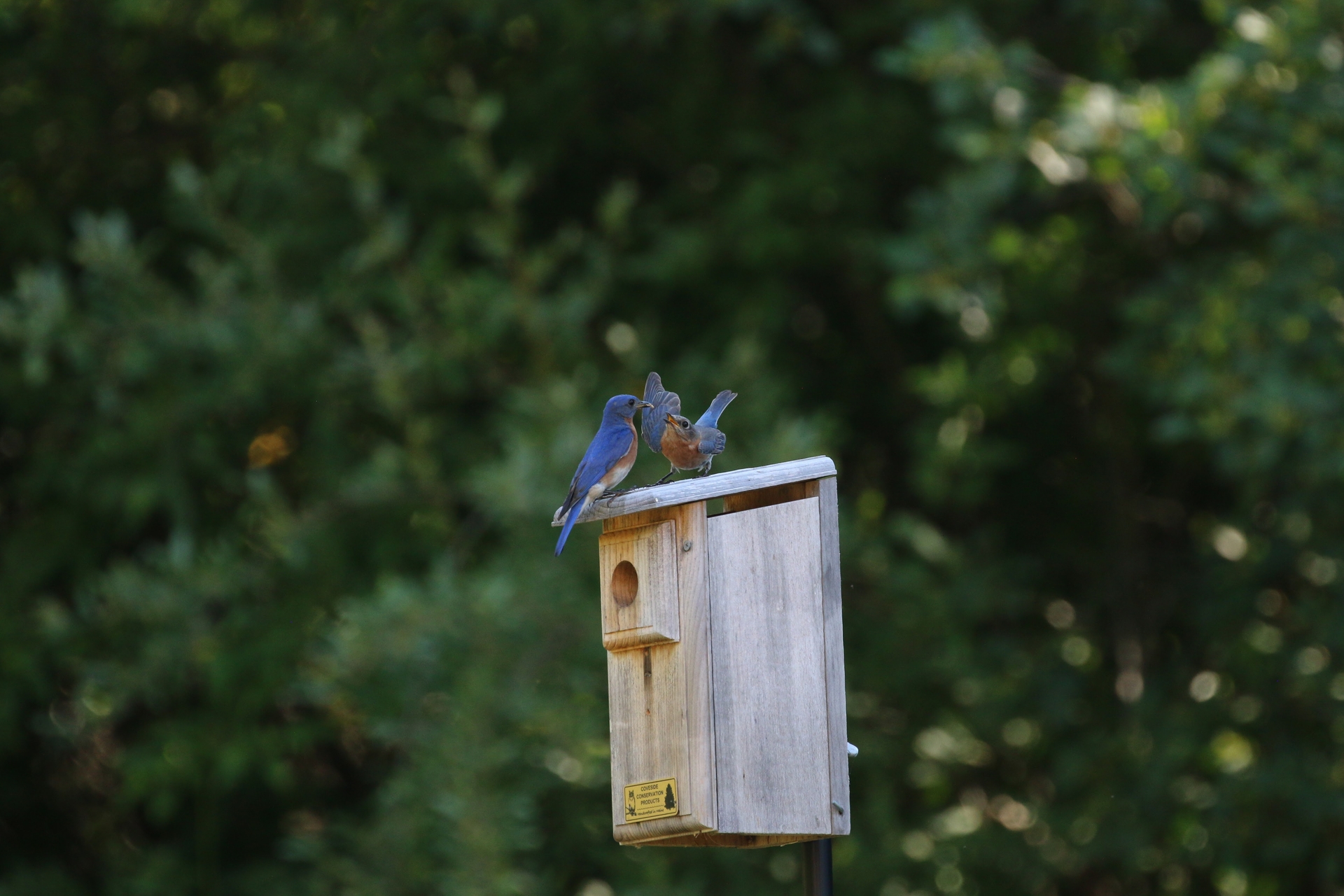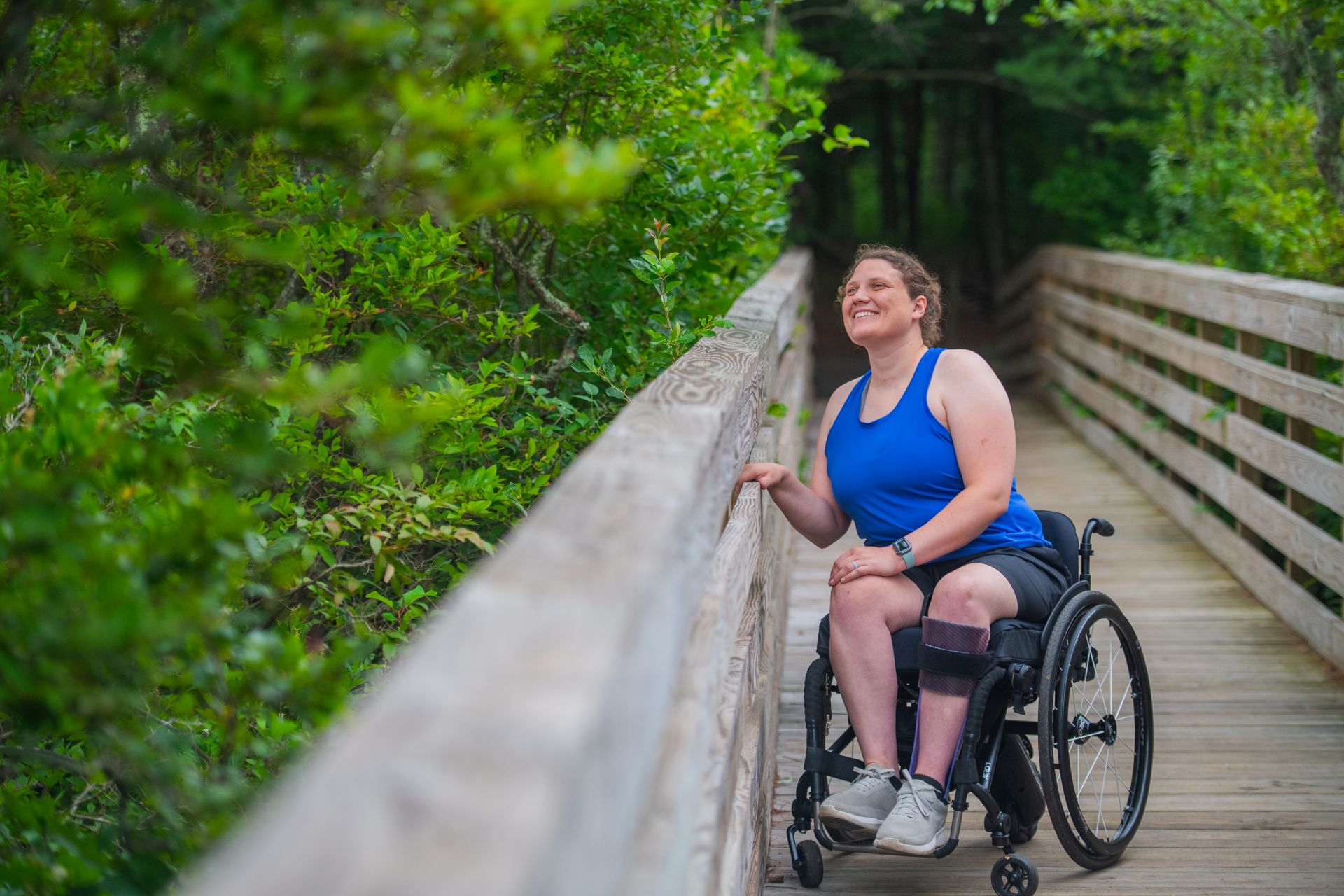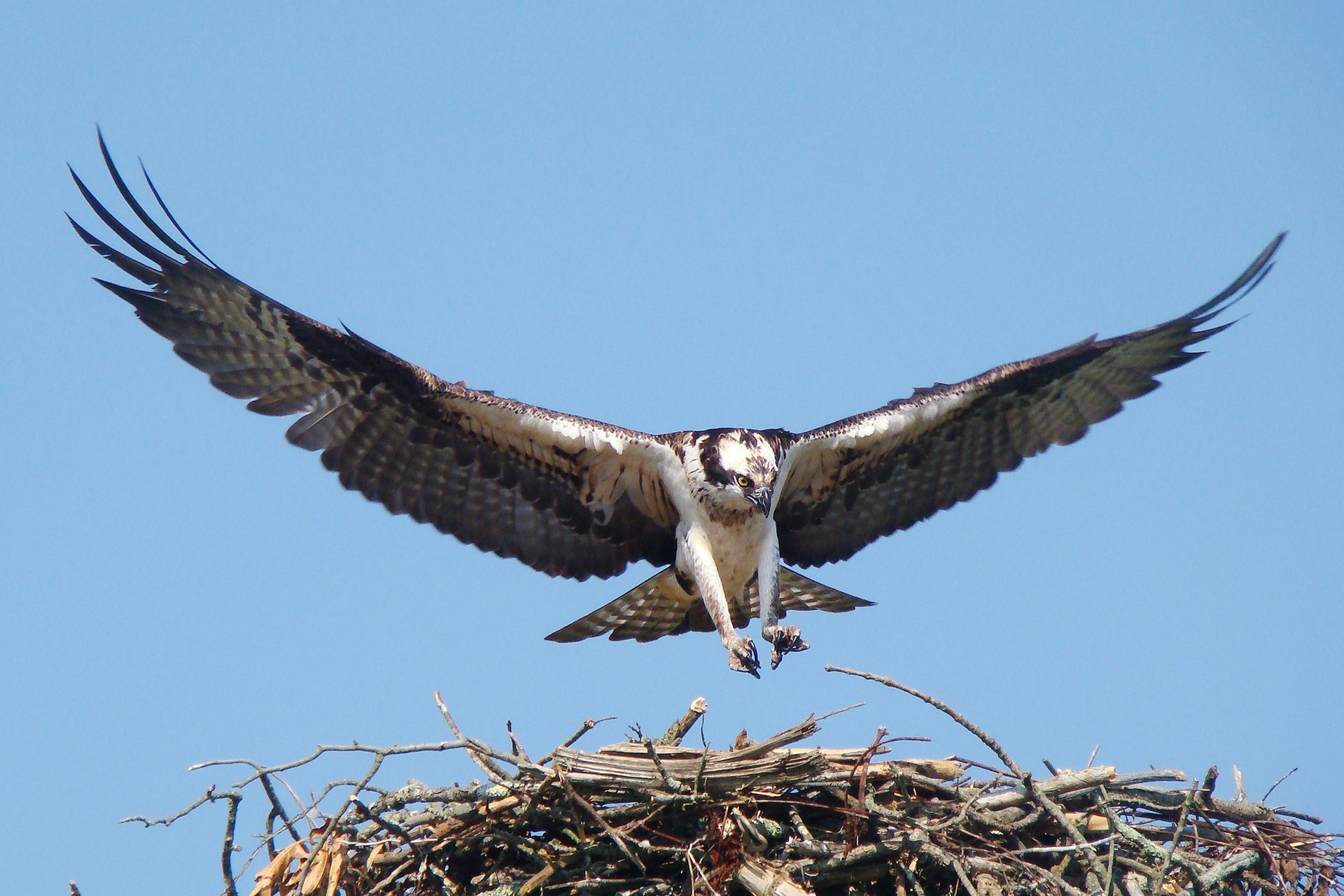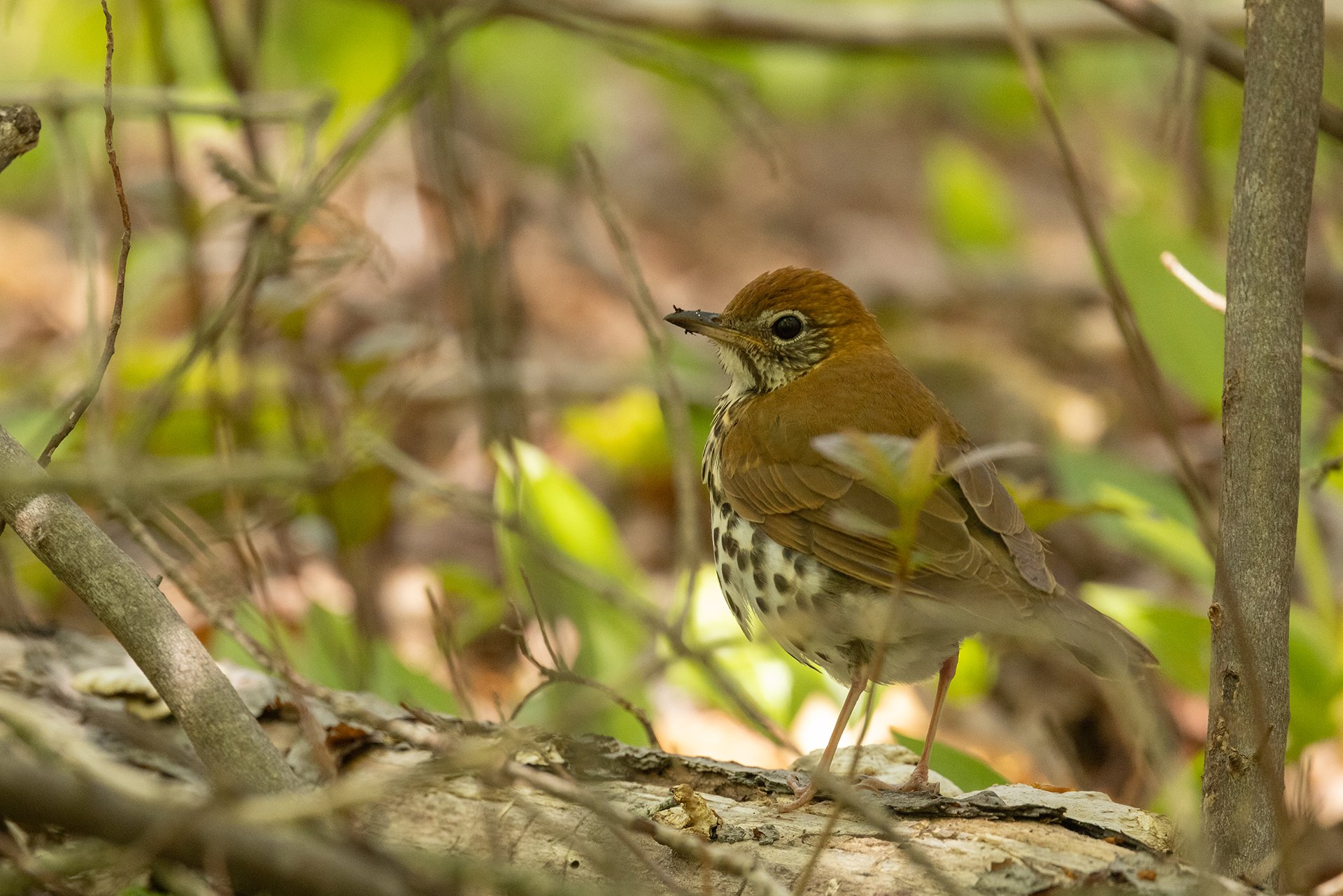Your Guide to Birdhouses
While some birds build nests on tree branches, shrubs, porches, and gutters, others seek an enclosure of sorts. These "cavity nesters" look for—or, in the case of woodpeckers, create—holes in wood to build nests and lay eggs. Unfortunately, there aren't always enough holes to go around.
That's where birdhouses (also known as nest boxes) come in. They provide valuable homes for many birds and wonderful viewing opportunities for birdwatchers. Find out everything you need to know about setting up birdhouses in your area with this helpful primer.
Birds That Use Birdhouses
Eastern Bluebirds, Black-capped Chickadees, woodpeckers, Eastern Screech-Owls, Barred Owls, nuthatches, Tree Swallows, wrens, and more prefer to nest in birdhouses.
However, different birds prefer different sizes for the opening at the front of the birdhouse, as well as how high that hole is from the birdhouse floor. It’s important to select the appropriate birdhouse for the birds you want to attract, so be sure to consult our helpful Birdhouse & Nesting Chart to select the right one.
Birdhouse Appearance & Style
You can find birdhouses of all shapes, sizes, colors, and materials. They’ve become a bit of a novelty item, however to have the most success in attracting birds to a birdhouse, it’s best to keep things simple.
- Birdhouses should be made of wood. Not only is wood durable, but it's porous enough to allow moisture and heat to escape during the summer, which keeps the young birds from getting too hot inside. Metal and plastic can get too hot, which can harm the birds.
- Resist the urge to get creative. Birds avoid bright, unnatural colors since they are too obvious to predators. Use natural, unpainted wood instead and stain the outside with a natural wood preservative such as linseed oil.
- Stay away from any birdhouse with a perch. Birds don't need them, and they only make it easier for predators or unwanted birds to get in.
- Hinged openings make cleaning out the birdhouse out every year much easier.
If you live in a city or a populated suburb, you'll most likely want a hole no bigger than 1.25 inches. That size is big enough for chickadees and wrens, but too small for House Sparrows—an invasive, non-native species that can be detrimental to bluebirds, chickadees, and other species.
Placing Your Birdhouse
The best time to put up a new birdhouse is in the fall or winter so that birds will have plenty of time to locate them before the breeding season.
What type of bird you want to attract will also determine where you should place a birdhouse. For example, bluebirds will use houses in open fields; chickadees, titmice, and nuthatches all like open woods and edges; and woodpeckers like forest openings caused by dead trees and edges.
The type of bird you’re looking to attract will also determine whether you place your birdhouse on a pole or up in a tree. Nuthatches and woodpeckers prefer the latter. Regardless, always mount the house with the entrance hole facing slightly downward to keep wind and rain from entering. And make sure it's secured so that it does not swing or move.
Before you put up birdhouses all over your backyard, keep in mind that a general rule is to place no more than two houses per species per acre of property.
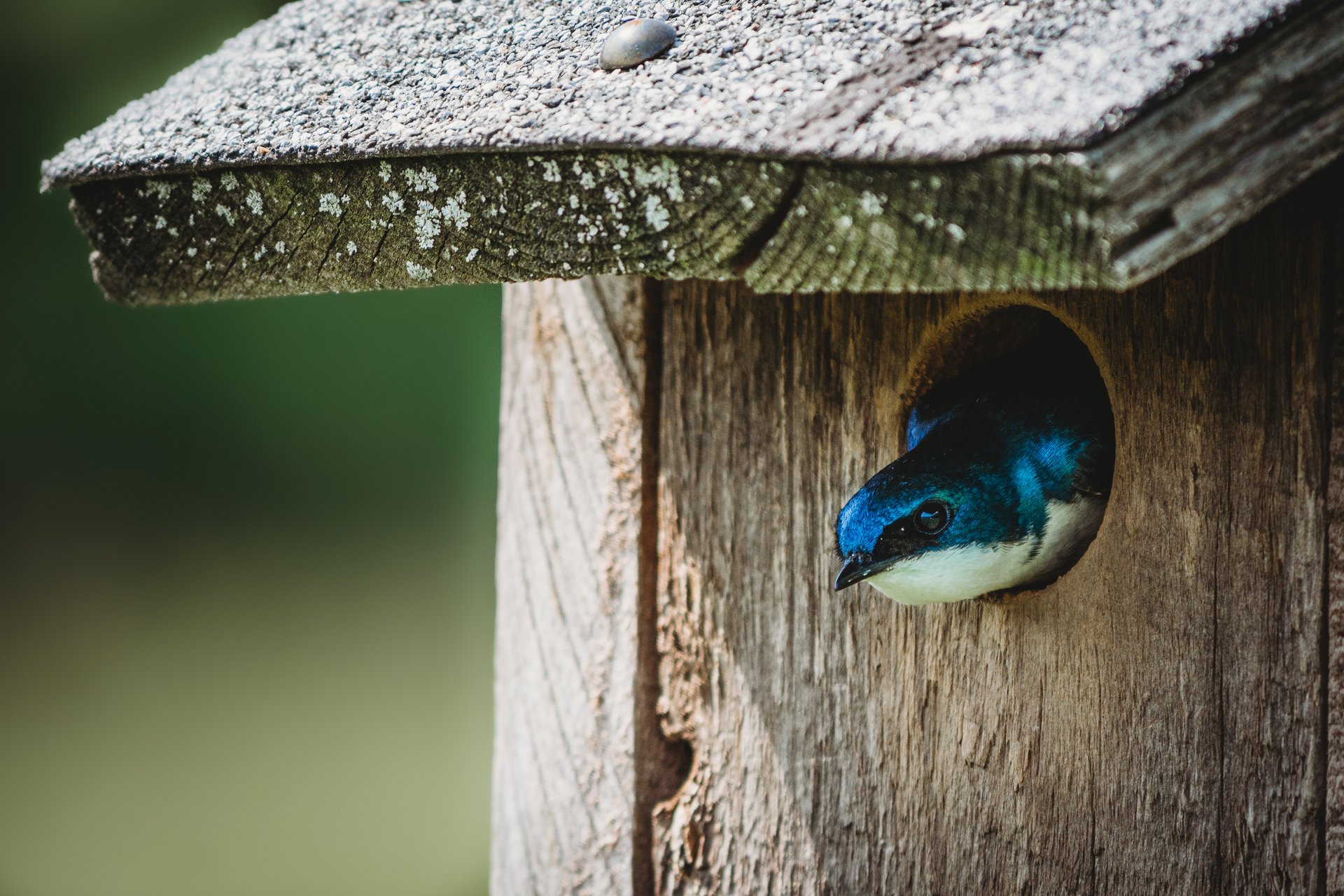
Birdhouse & Nesting Chart
This handy chart provides the particular specifications different birds need to call a birdhouse home.
How to Deter Intruders from Your Birdhouse
Like any nest, intruders can be a big problem for baby birds. Squirrels, raccoons, snakes, cats, and House Sparrows can all cause harm to eggs and helpless baby birds. Fortunately, there are options to help keep predators at bay.
Many birdhouses now come equipped with predator guards, a metal reinforcement plate or a piece that fits around the opening. Baffles can be placed on poles to keep foes from crawling up. Avoid including a perch on your birdhouse as it will give predators easier access to inside.
Caring for Your Birdhouse
Once breeding season is over—usually by mid-August—it's a good idea to clean out the birdhouse. Remove old nesting material and scrub the house with a solution of one part bleach to nine parts water. Rinse well and leave it open to dry completely.
For birds that have multiple broods per season, such as bluebirds, it's a good idea to clean out nesting material between broods. Keep a close watch on the birds to make sure they have completely fledged (left the nest) before attempting to clean.
To make cleaning as easy as possible, look into buying a birdhouse with one side that easily opens. Once clean, it's fine to put the birdhouse back up for the duration of the year. In fact, it may be used by some birds for night roosting, and it can provide valuable shelter during extremely cold winter nights.
Get Started Today
Installing a birdhouse is a simple yet impactful way to support local wildlife and enjoy the beauty of birds up close. Explore our full selection at the Mass Audubon Shop to find the perfect birdhouse and get started today.
What's New
See MoreBird Your Way: Slowly, by Ear, in Place, and Beyond
Keep ReadingOsprey Cam, Coming Soon to a Screen Near You from Felix Neck
Keep ReadingUnlocking the Secrets of Transnational Wood Thrush Migration
Keep ReadingUpcoming Bird Programs
See MoreMonthly Bird Walks
-
Magazine Beach Park Nature Center, Cambridge
-
Saturday, April 19
8:00-10:00am
Adults
Birding Workshop: Warblers by Ear
-
Greylock Glen, Adams
-
Saturday, April 19
9:00am-12:00pm
Adults
Birding for Your Mental Health
-
Blue Hills Trailside Museum, Milton
-
Saturday, April 19
10:00-11:30am
Adults
Stay Connected
Don't miss a beat on all the ways you can get outdoors, celebrate nature, and get involved.



